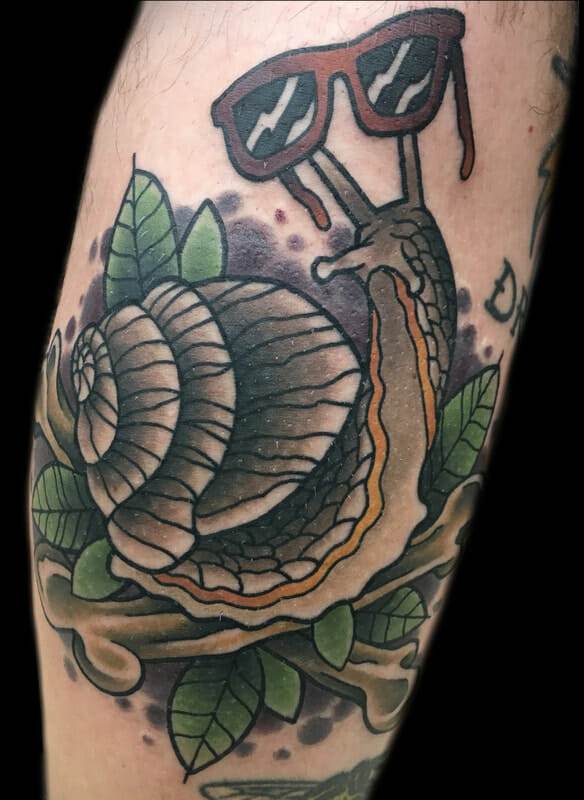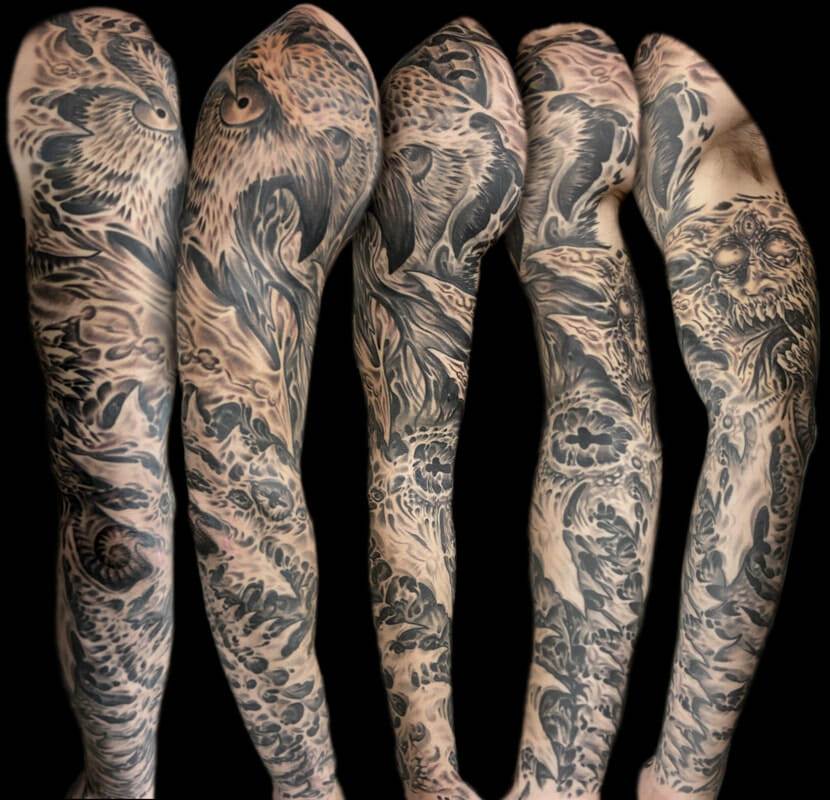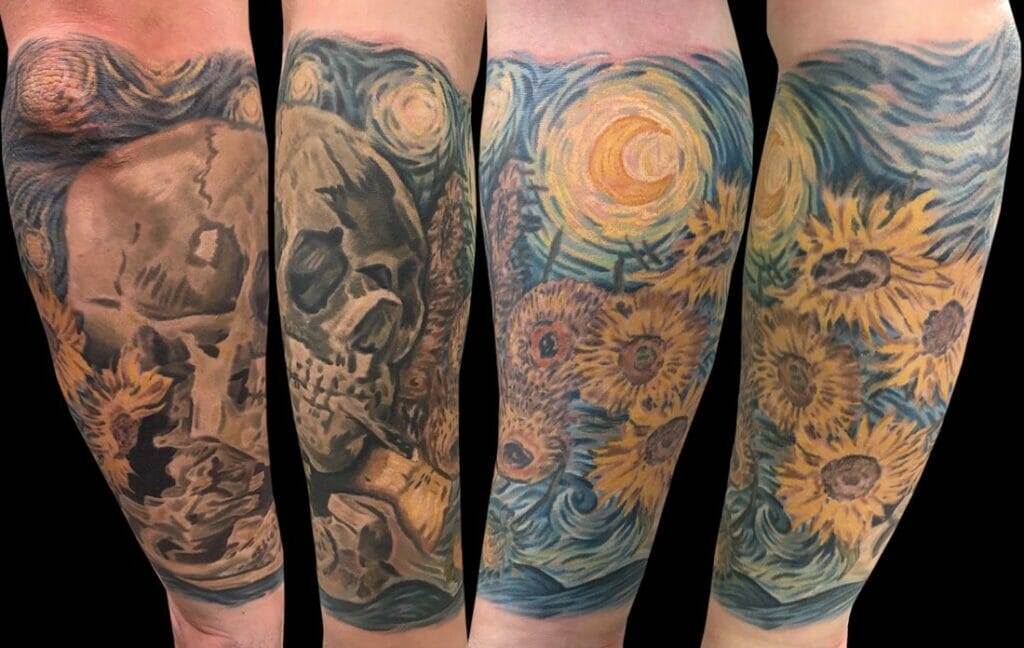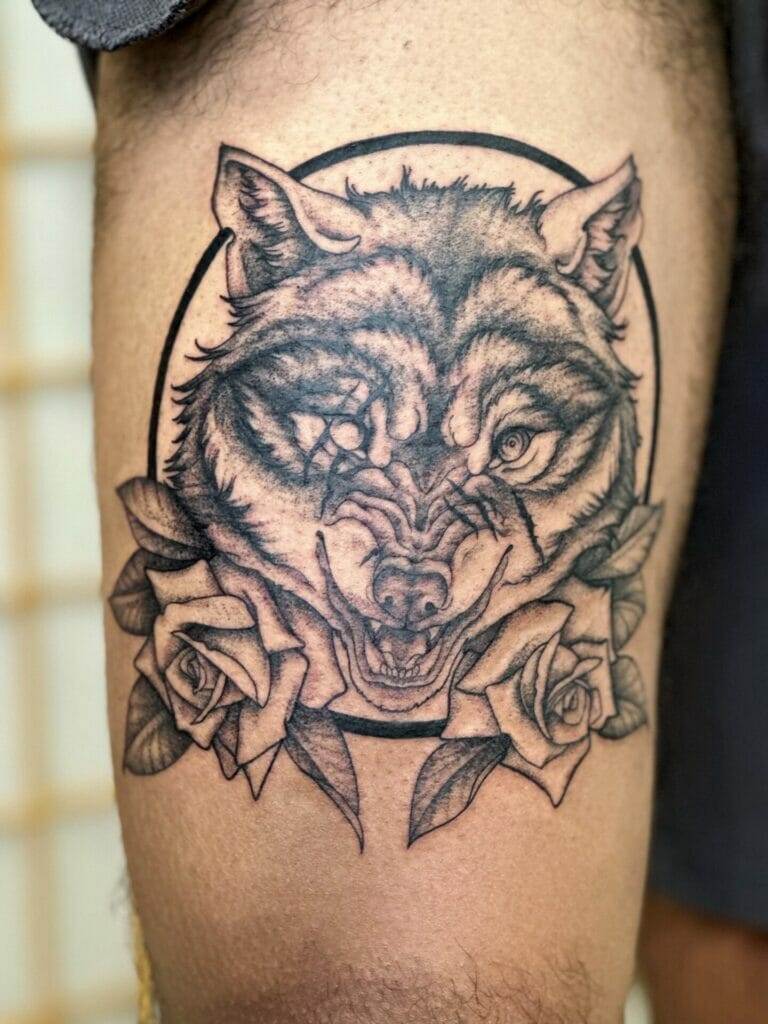Consultation is a crucial step in the tattoo process that should never be overlooked. It is during this initial meeting with your tattoo artist that you have the opportunity to discuss your ideas, preferences, and expectations for your tattoo. This consultation allows both the client and the tattoo artist to establish a clear understanding of what will be done and ensures that everyone is on the same page before any ink is applied.
For the client, a consultation provides an opportunity to ask questions, share ideas, and get a sense of the artist’s style and expertise. It allows them to express their vision for their tattoo and discuss any concerns or limitations they may have. On the other hand, for the tattoo artist, a consultation allows them to assess the client’s needs and preferences, offer professional advice, and provide input on design options. It also gives them an opportunity to evaluate whether they are the right fit for the client’s desired tattoo.
Preparing for Your Consultation: What to Bring and What to Expect
When preparing for your consultation, it is important to come prepared with certain items and information. First and foremost, bring any reference materials that you have collected, such as images, sketches, or photographs that inspire your tattoo idea. These visuals will help your tattoo artist understand your vision and give them a starting point for designing your tattoo.
Additionally, it is helpful to bring any relevant medical information or allergies that your tattoo artist should be aware of. This will ensure that they can take any necessary precautions during the tattooing process. Lastly, bring an open mind and be prepared to listen to your artist’s suggestions and recommendations. Remember that they are professionals with years of experience and their expertise can greatly enhance your tattoo design.
During the consultation process, expect to have a detailed discussion about your tattoo idea. Your artist will ask questions about your design preferences, size, placement, and any specific meanings or symbolism you want to incorporate. They may also discuss the technical aspects of the tattoo, such as the type of ink, shading techniques, and estimated time required for completion. This is also a good time to discuss pricing and payment options.
Communication is Key: How to Express Your Ideas and Preferences Clearly
Clear communication is essential during the consultation process to ensure that your tattoo artist understands your vision and can bring it to life. Start by being prepared with reference materials that visually represent your ideas. These can include images, sketches, or even objects that inspire your tattoo concept. Use these visuals as a starting point for discussing your design preferences.
When describing your ideas to your tattoo artist, be as specific as possible. Use descriptive language to convey the style, size, and placement you envision for your tattoo. If you have any specific meanings or symbolism you want to incorporate, explain them clearly. The more information you provide, the better your artist will be able to understand and execute your vision.
It is also important to be open to your artist’s suggestions and recommendations. Remember that they are professionals with a wealth of knowledge and experience. They may have insights or ideas that you hadn’t considered, and their expertise can greatly enhance your tattoo design. Be willing to listen and collaborate with them to create the best possible outcome.
Collaborating with Your Tattoo Artist: Incorporating Their Expertise and Creative Input

Collaborating with your tattoo artist can lead to a truly unique and personalized tattoo design. While it is important to express your ideas and preferences clearly, it is equally important to be open to their expertise and creative input. Tattoo artists are skilled professionals who have a deep understanding of design principles, color theory, and technical aspects of tattooing.
During the consultation process, listen to your artist’s suggestions and recommendations. They may offer insights on how to improve your design, suggest alternative placement options, or propose different color choices that will enhance the overall aesthetic of your tattoo. By collaborating with them, you can create a design that is not only visually appealing but also technically sound.
Remember that collaboration is a two-way street. While it is important to consider your artist’s input, it is also important for them to consider your preferences and vision. A good tattoo artist will listen to your ideas and work with you to create a design that reflects your individuality and personal style. Be open and honest about what you like and don’t like, and don’t be afraid to speak up if something doesn’t feel right.
Designing Your Tattoo: Balancing Style, Size, Placement, and Meaning
Designing your tattoo involves finding the right balance between style, size, placement, and meaning. Each of these factors plays a crucial role in creating a tattoo that is visually appealing and meaningful to you.
When considering the style of your tattoo, think about what resonates with you the most. Do you prefer bold and vibrant colors, or are you drawn to black and gray realism? Are you interested in traditional designs or more contemporary styles? Take the time to explore different styles and find one that speaks to your personal aesthetic.
Size and placement are also important considerations when designing your tattoo. Think about the size of the design in relation to the area of your body where you want it placed. Consider how the design will flow with the natural contours of your body and how it will interact with any existing tattoos or scars. Your tattoo artist can provide guidance on what sizes and placements will work best for your chosen design.
Lastly, think about the meaning behind your tattoo. What message or symbolism do you want to convey? Whether it’s a tribute to a loved one, a representation of a personal journey, or simply a design that brings you joy, make sure that your tattoo holds significance for you. Discuss these meanings with your artist so that they can incorporate them into the design in a way that is visually appealing and emotionally resonant.
Choosing Colors and Shades: Understanding the Impact of Pigment and Skin Tone
Choosing the right colors and shades for your tattoo is crucial to achieving the desired aesthetic and longevity of your tattoo. Different pigments react differently to different skin tones, so it is important to understand how color choices can impact the final result.
When choosing colors for your tattoo, consider how they will complement your skin tone. Some colors may appear more vibrant on lighter skin tones, while others may be more muted. Your tattoo artist can provide guidance on which colors will work best with your specific skin tone.
Additionally, consider how the colors will age over time. Some colors, such as black and gray, tend to age more gracefully and maintain their vibrancy over the years. Others, such as bright and vibrant colors, may fade or change in appearance over time. Discuss these considerations with your tattoo artist to ensure that you choose colors that will stand the test of time.
Considering Your Pain Tolerance: Discussing Numbing Options and Pain Management Techniques
Considering your pain tolerance is an important aspect of the tattoo process. While everyone’s pain tolerance is different, it is important to discuss any concerns or limitations you may have with your tattoo artist.
During the consultation process, be honest about your pain tolerance and any previous experiences you may have had with tattoos or other procedures. This will allow your artist to make recommendations on pain management techniques or numbing options that may be available.
There are various numbing options available for those who are concerned about pain during the tattoo process. These can include topical numbing creams or sprays that are applied to the skin prior to the tattooing process. Discuss these options with your tattoo artist to determine what will work best for you.
It is also important to remember that pain is subjective and can vary depending on the location of the tattoo. Areas with more nerve endings, such as the ribs or inner arm, may be more sensitive than areas with less nerve endings, such as the outer arm or thigh. Discuss these considerations with your tattoo artist so that they can take them into account when planning your tattoo.
Budgeting and Scheduling: Planning for Multiple Sessions and Payment Options
Budgeting and scheduling are important aspects of the tattoo process that should not be overlooked. Tattoos can be a significant investment both in terms of time and money, so it is important to plan accordingly.
During the consultation process, discuss pricing and payment options with your tattoo artist. They will be able to provide you with an estimate based on the size, complexity, and time required for your tattoo. It is important to have a clear understanding of the cost before proceeding with the tattoo.
Additionally, discuss the possibility of multiple sessions if your tattoo requires more than one sitting. Some larger or more complex designs may need to be done in multiple sessions to ensure the best outcome. This will also allow your skin to heal properly between sessions and prevent overworking the area.
When scheduling your tattoo sessions, consider any upcoming events or vacations that may interfere with the healing process. It is important to give your tattoo ample time to heal before exposing it to sun, water, or other potential irritants. Discuss these considerations with your tattoo artist so that you can plan accordingly.
Aftercare and Maintenance: Understanding the Healing Process and Proper Tattoo Care
Aftercare and maintenance are crucial to ensuring that your tattoo heals properly and maintains its vibrancy over time. It is important to understand the healing process and follow proper tattoo care instructions provided by your tattoo artist.
After getting a tattoo, it is normal for the area to be red, swollen, and tender for a few days. Your tattoo artist will provide you with specific instructions on how to care for your tattoo during this initial healing period. This may include washing the tattoo gently with mild soap, applying a thin layer of ointment or moisturizer, and avoiding direct sunlight or soaking in water.
As your tattoo heals, it is important to keep it moisturized and protected from the sun. Use a fragrance-free lotion or tattoo-specific aftercare product recommended by your artist to keep the skin hydrated. Avoid exposing your tattoo to direct sunlight for prolonged periods of time, as this can cause fading and damage to the skin.
It is also important to avoid picking or scratching at your tattoo as it heals. This can lead to scarring or loss of color. If you experience any unusual symptoms during the healing process, such as excessive redness, swelling, or discharge, contact your tattoo artist or a healthcare professional for guidance.

Embracing the Consultation Process and Enjoying Your Dream Tattoo Experience
In conclusion, the consultation process is a crucial step in the tattoo experience that should not be overlooked. It allows both the client and the tattoo artist to establish a clear understanding of the design, expectations, and limitations before any ink is applied. By preparing for your consultation, finding the right tattoo artist, communicating your ideas clearly, collaborating with your artist, and considering important factors such as style, size, placement, color, pain tolerance, budgeting, scheduling, and aftercare, you can ensure that you have a positive and enjoyable tattoo experience. Embrace the consultation process and trust in the expertise of your tattoo artist to create a tattoo that is not only visually stunning but also meaningful to you.



